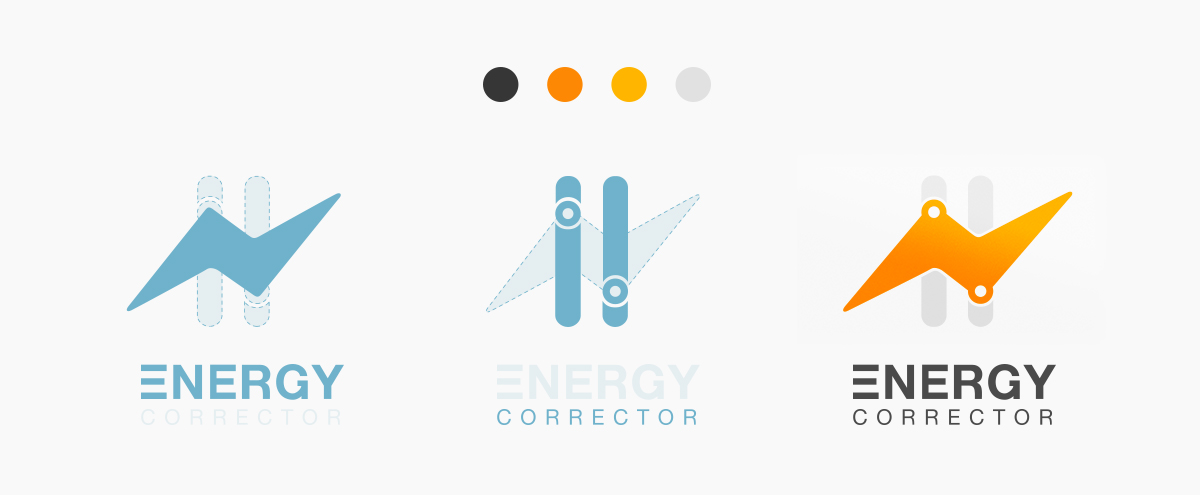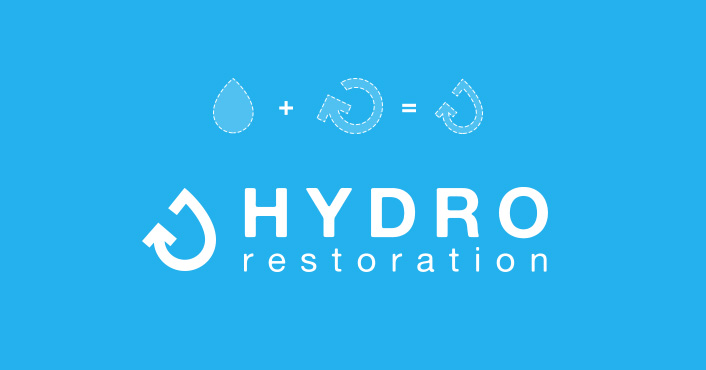

Branding is the design and development of a ‘brand identity’ - that being anything from logos to business cards and email campaigns - that can be used to present, market or even simply describe your business and what it does to a wider demographic.

Branding is the development and use of simple text and imagery - often referred to as a brand identity or even just ‘identity’ - and how this is used to establish or advertise your business. Branding covers a range of avenues, and can mean anything from the basic shape or logo your company uses, to more complex associative images and straplines, right up to business cards, letterheads and marketing/email campaigns. Quite simply, branding is how you present or ‘brand’ your business in the public realm. For more information on this topic, this article is extremely useful.
Branding is the foundation that almost all businesses are developed on, and is such a pivotal factor that it can essentially make or break a business. Your brand is more than simply an associated piece of text or imagery - it is a statement about your business ethics, quality, commitment and focus. It is a representation of what you business is and does, well beyond the superficial. What’s more, your brand can be for life - so it’s important to get it right!
One of the essences of branding is often originality and replicability; it’s the idea that an icon is visibly unique - something complex enough to be distinguished from anything or everything else and instantly recognisable - whilst also being simple enough that it is replicable and memorable.
Great examples of these brands include the Amazon smile, the Nike tick or even the ‘partially eaten’ Apple logo - all of the brands can be sketched in seconds, but even the most rudimentary sketches are instantly recognisable, and it allows these brands to perpetuate and flourish.

An important consideration, and one that we often have to point out to clients - is a seemingly quite counter-intuitive point: a brand should, for most intents and purposes, be quite independent of a CEO or founder’s personal tastes.
Naturally, many owners of first-time businesses or start ups are desperate to create a brand that they are proud of, and often allow their own tastes to murk the message or ubiquity of their brand, selecting brand colours from their favourite football teams, for example, or asking certain animals to be used in the brand, because it is their personal favourite. Often, the best brands - and the most successful - are those that understand the wants and expectations of the masses, and cater to their often varying tastes - sometimes at the expense of the business owners’ own tastes.
A good branding exercise relies on a designer with strong aesthetic awareness and an understanding of taste, but a truly great brand relies on a designer that also takes time to understand a market - to understand the demographic that a business is targeting - and provides more than just a pretty logo. A truly great brand provides a personal statement to each and every potential customer.
Good branding should, ultimately, describe a business in seconds. Associative imagery - such as using fish or rods for fishing companies, or footballs for sports companies- is often a good start.
It should be noted, however, that there is the fine line between using associative imagery and remaining original and unique. More than simply being associative, a good brand should tell a story and highlight more than just the market, but why your take on the market is better than your competitors. It should show what you do in the market, not just that you are in it.

Incorporating excessive associative imagery, or having too densely laden logos is often an antithesis problem for new brands, whereby the real message of the brand is lost in a muddle of difficult-to-spot meanings. A brand’s message should be fairly singular and strong. Too much superfluous imagery to your brand’s message will ultimately become watered down or even lost.